Gochugaru, also known as Korean red pepper flakes, is a staple in every Korean kitchen. Made from sun-dried chili peppers, it comes in a variety of spice levels, from mild to hot, and adds a slightly sweet, smoky flavor that elevates many Korean dishes.
In Korean cuisine, gochugaru is essential for making kimchi, gochujang, and various stews and soups. Its slightly coarser texture, compared to typical red pepper flakes, adds a hint of spice without overpowering the other ingredients, creating a well-balanced flavor profile that's become a signature in Korean cooking.
Whether you're cooking traditional Korean recipes or experimenting with your own creations, gochugaru adds an authentic touch and its versatile flavor makes it indispensable for anyone exploring Korean culinary traditions.
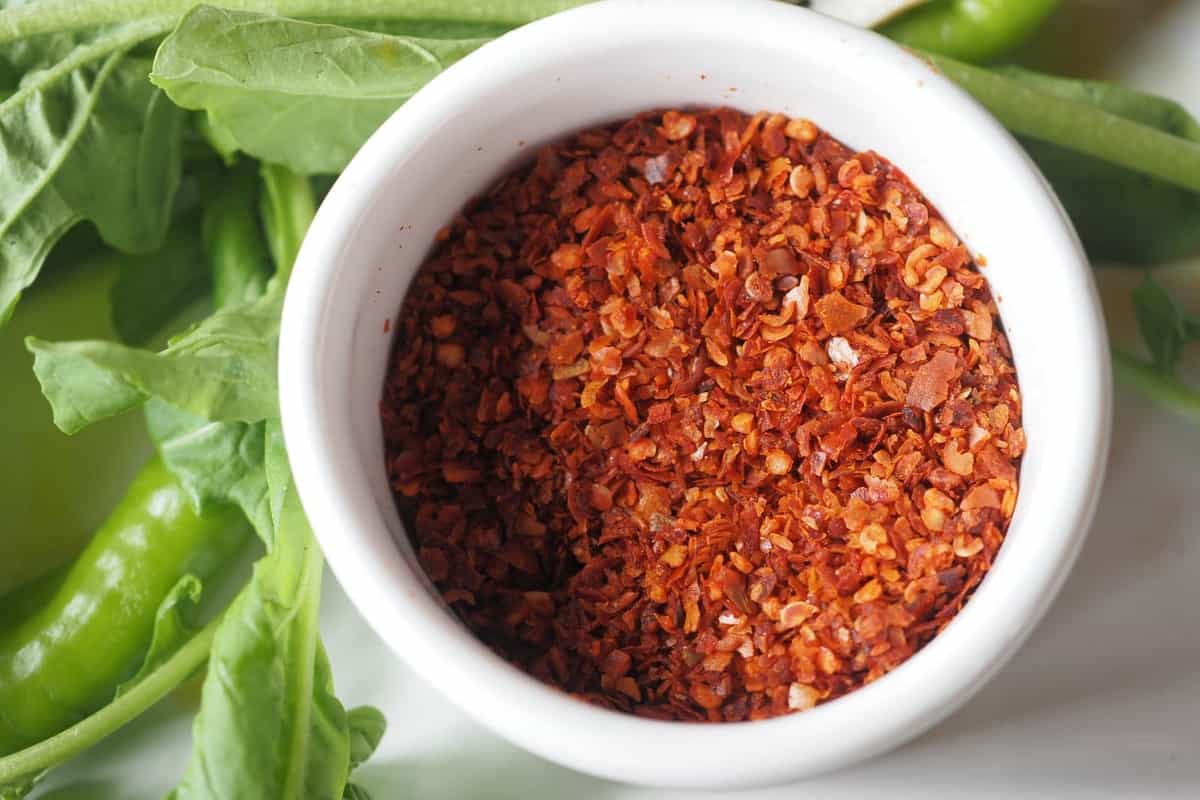
Jump to:
🔍 What is Gochugaru?
Historical Background
Gochugaru, a blend of the words "gochu" (chili pepper) and "garu" (powder), has deep roots in Korean history. Introduced to Korea in the 16th century by Portuguese traders, chili peppers quickly became a beloved ingredient in Korean cuisine.
By the 18th century, chili peppers had become integral to Korean cooking. The sun-dried peppers, or taeyangcho, are traditionally used to prepare the red pepper flakes, capturing the intense flavor and moderate heat essential to Korean recipes.
Culinary Uses
Gochugaru is a key ingredient in many Korean dishes, contributing spice and a hint of sweetness. It’s prominently used in kimchi, where its heat helps ferment and flavor the cabbage, and in soups and stews like sundubu jjigae (spicy tofu stew), where it provides a warming, spicy kick.
Beyond kimchi, gochugaru enhances bulgogi (grilled beef), bibimbap (mixed rice), and various marinades and sauces. Its vibrant red color and complex flavor profile make it indispensable in Korean cooking.
Production Process
The process of making gochugaru starts with selecting high-quality red chili peppers, which are then sun-dried to intensify their flavor. After drying, the stems and seeds are removed for a milder heat level, while leaving the seeds intact results in a spicier gochugaru.
Finally, the dried peppers are ground into flakes or powder, preserving their natural oils and ensuring that gochugaru retains its signature taste and heat. The end product is known for its vibrant red hue and the balanced flavor it brings to Korean dishes.
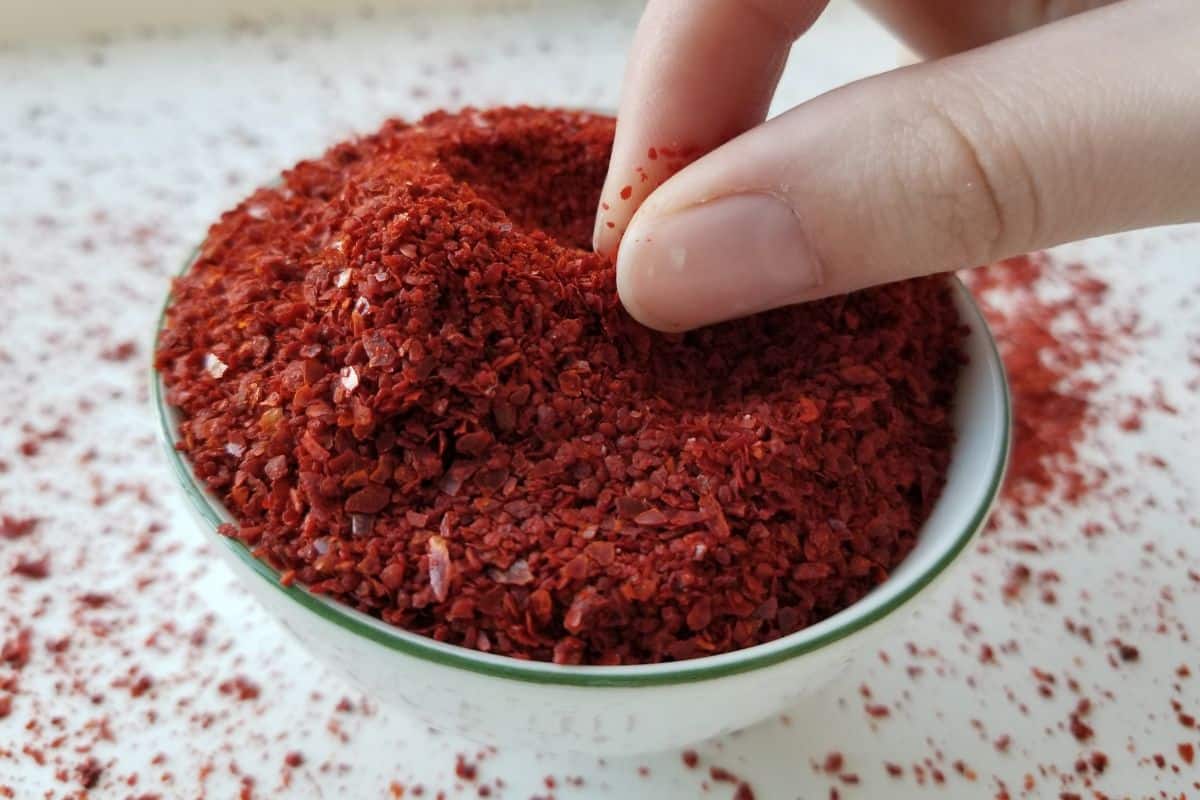
🌶️ Types and Varieties
Flavor Profiles
Gochugaru offers a range of flavors from sweet and smoky to spicy, with milder varieties highlighting sweetness and smokiness, while spicier ones bring more intense heat.
Sun-drying the peppers typically imparts a distinctive smoky undertone to gochugaru. Some varieties may remind you of Aleppo pepper with their mild yet rich flavor, while others have a heat similar to cayenne pepper.
Scoville Heat Units Comparison
The heat of gochugaru can vary significantly, with milder versions measuring between 1,500-2,500 Scoville Heat Units (SHU), while spicier types can reach up to 8,000 SHU, similar to some cayenne pepper varieties.
The versatility of gochugaru's heat levels makes it adaptable to various recipes, depending on the desired spiciness. For more intense dishes, cheongyang chili peppers, which are much hotter, are often used, while taeyang-cho peppers are ideal for mildly spiced foods.
Regional Varieties
Different regions in Korea produce distinct types of gochugaru. The cheongyang variety is known for its vibrant red color and high heat, while taeyang-cho, meaning "sun-dried," emphasizes a deep, smoky flavor due to its drying process.
Some regions specialize in a sweeter or smokier profile, which is reflected in traditional dishes from those areas. This variety of flavors makes gochugaru an essential and adaptable ingredient in Korean cuisine.
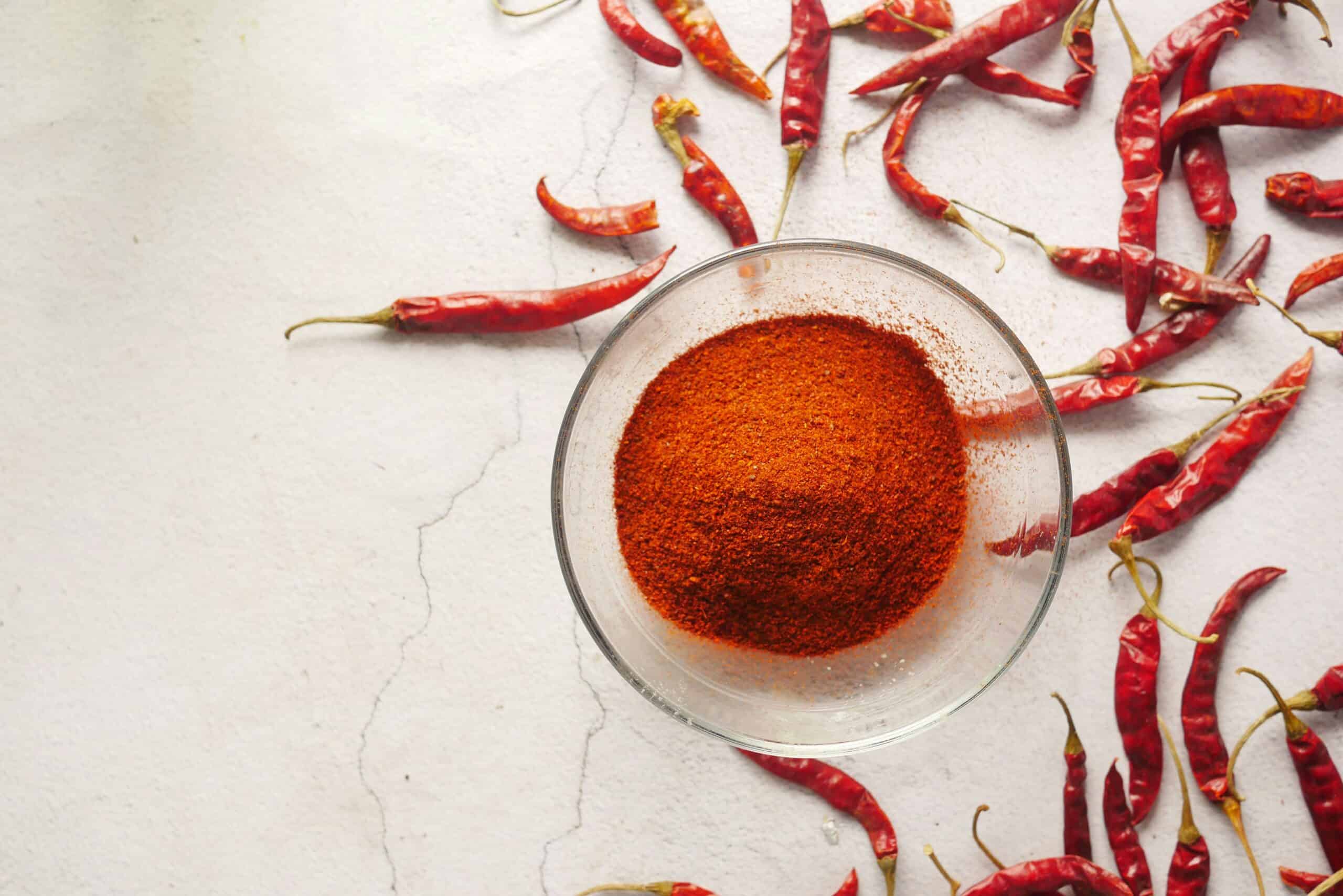
🧑🍳 Gochugaru in Recipes
Kimchi Making
Kimchi, perhaps the most famous use of gochugaru, relies on these chili flakes for its signature spicy and tangy flavor. They're essential in various kimchi types, such as napa cabbage kimchi and nabak kimchi, a watery variation. Gochugaru adds not just heat but also a subtle smokiness that enhances the fermented taste.
Cucumber salad (oi muchim) and radish kimchi (kkakdugi) also benefit from gochugaru, which adds a balanced spice that complements the crisp texture of the vegetables. This versatile ingredient is indispensable in kimchi recipes.
Stews and Soups
Gochugaru is often used in Korean stews and soups to provide both heat and depth. Dishes like sundubu jjigae, a spicy soft tofu stew, rely on it for their warming, rich flavor.
In jjigae (Korean stews) and various soups, gochugaru is combined with ingredients like gochujang (fermented red chili paste) and soy sauce to create complex, layered flavors. These dishes, often featuring vegetables, tofu, and sometimes meat or seafood, are both hearty and satisfying.
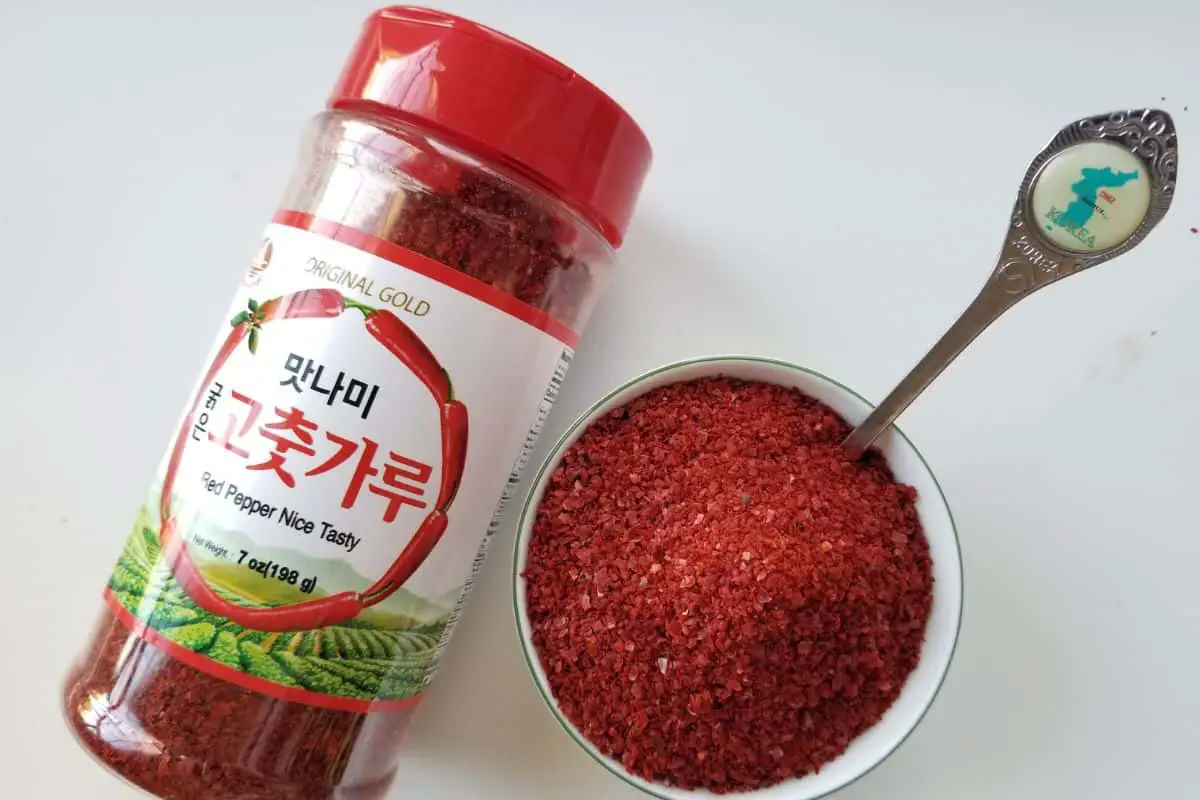
Marinades and Sauces
For marinades and sauces, gochugaru adds both flavor and color. In bulgogi (grilled beef) marinades, it's mixed with soy sauce, garlic, and other seasonings to help tenderize the meat while infusing it with a mild heat.
In sauces, gochugaru can be paired with gochujang to make spicy dressings or used as a component in chili oil. These versatile sauces are perfect for dipping or drizzling over dishes, and gochugaru’s ability to blend with other spices makes it essential in crafting authentic Korean flavors.
Modern and Fusion Dishes
Gochugaru has found its way into modern and fusion recipes, adding a Korean twist to global cuisine. In dishes like Korean-style spicy seafood pizza, the chili flakes provide a zing to the seafood toppings and cheese.
In salads and dips, gochugaru adds an unexpected kick. Fusion cooking has embraced it in dishes like spicy Korean tacos or chicken wings, showcasing its versatility. This spice elevates simple dishes with its fiery and smoky notes, making it popular beyond traditional Korean cooking.
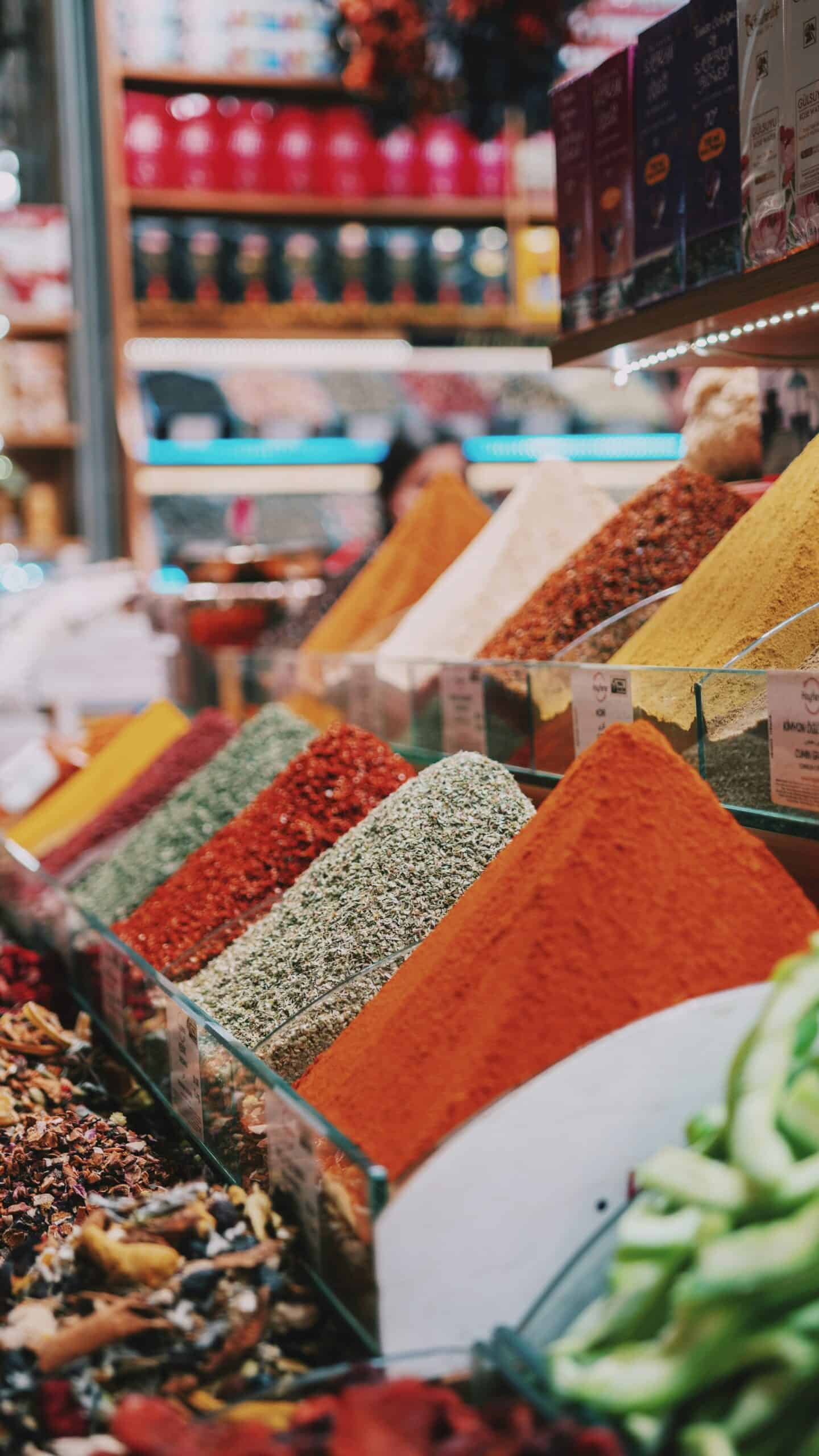
🫑 Substitutes and Alternatives
When Gochugaru Isn't Available
When searching for a gochugaru substitute, consider spices that offer similar heat and flavor profiles. Cayenne pepper is a common choice due to its comparable spice level, though it lacks the smoky flavor. Aleppo pepper flakes provide milder heat and a slightly fruity taste, mimicking gochugaru’s complexity.
Chipotle powder brings a smoky flavor and similar heat, making it an excellent substitute, while crushed red pepper, though a good option, should be used sparingly due to its higher spice level and larger flakes.
Paprika (both regular and smoked) offers vibrant red color and mild flavor, with smoked paprika adding some of the smokiness found in gochugaru. Guajillo powder and ancho chilis can also be used for their slightly sweet and earthy flavor with mild heat, working well in dishes where the spice level isn't the primary focus.
❓ Frequently Asked Questions
Gochugaru can be added to many dishes - it's essential in kimchi, gochujang (Korean chili paste), and spicy soups like sundubu jjigae. Try it in Korean cucumber salad or in stews for an authentic flavor.
You can find gochugaru at Asian grocery stores, especially ones that specialize in Korean ingredients, like H Mart. If you're unable to find it locally, many online stores sell it as well.
Gochugaru is known for its bright red color and a balance of spiciness with a hint of sweetness. It's made from Korean sun-dried chili peppers, giving it a different flavor from other chili flakes, like crushed red pepper used in Italian cooking.
If you can't find gochugaru, you can substitute it with cayenne pepper, paprika, or red pepper flakes. Keep in mind these substitutes might not provide the same level of sweetness and smokiness.

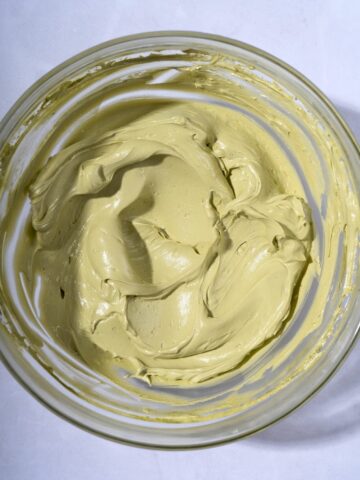
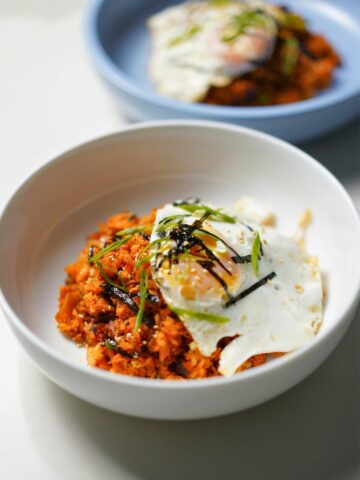
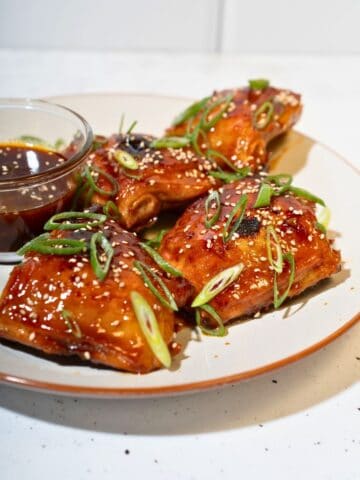
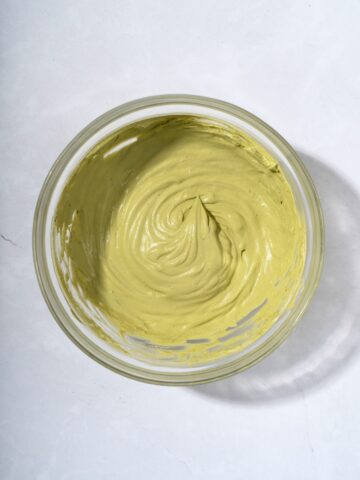
Comments
No Comments